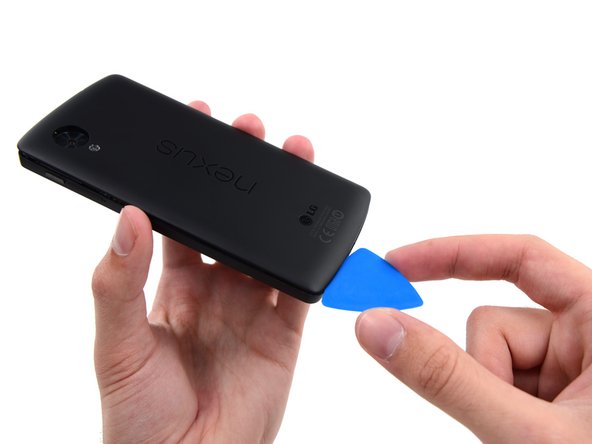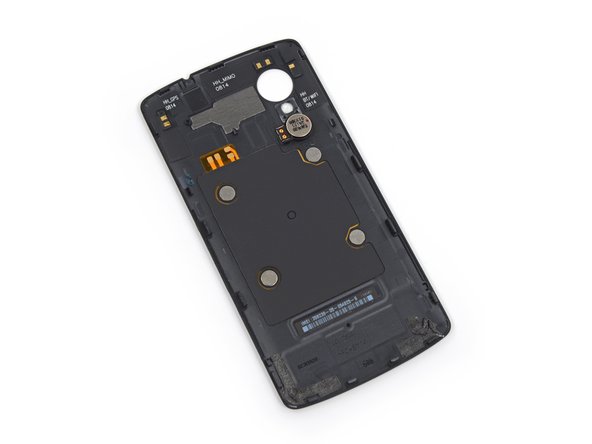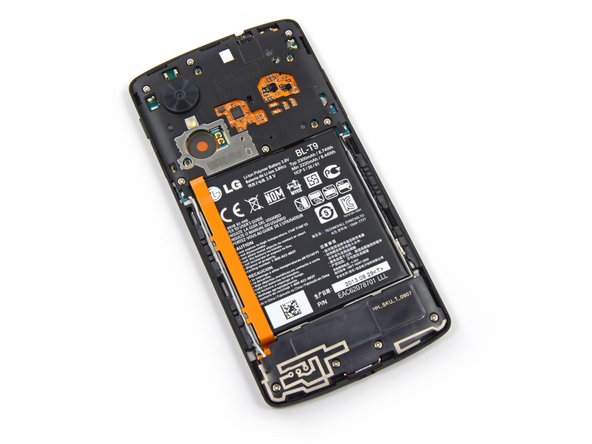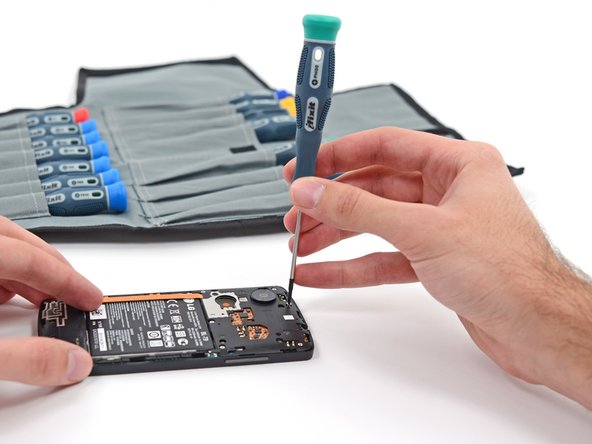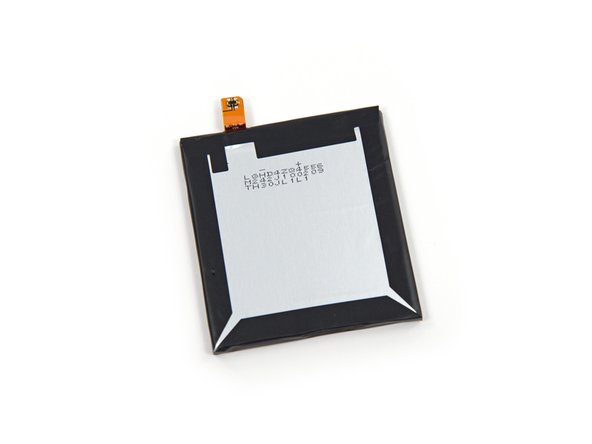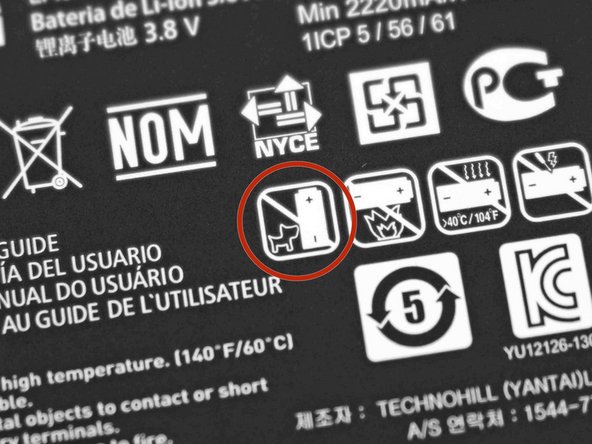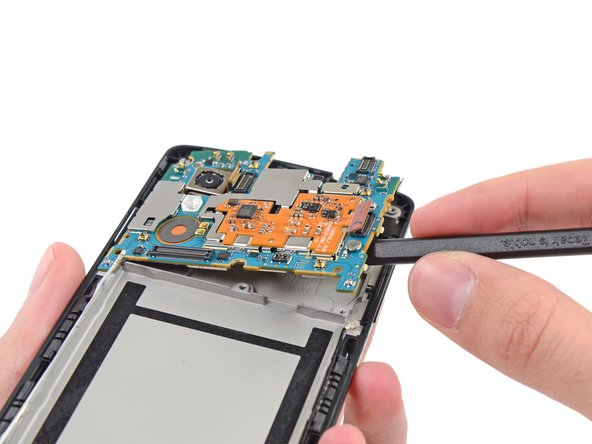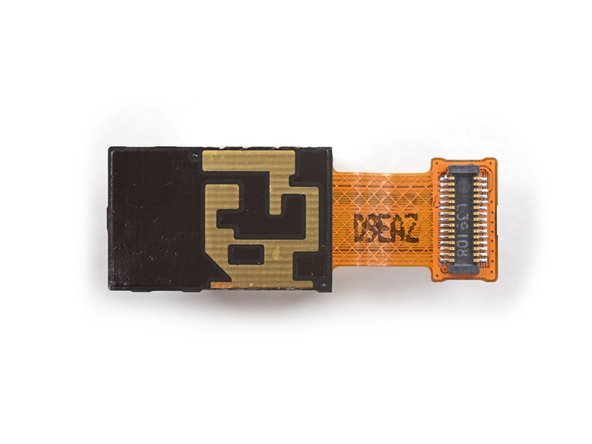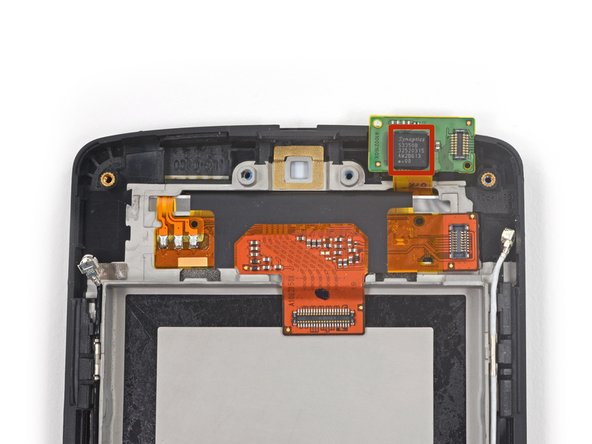News
Nexus 5 Teardown
Date: 01-31-2018 Click: 2637Video Overview
Step 1 Nexus 5 Teardown
The Nexus 5 is the first phone to ship with the latest version of Android's OS, KitKat. It may not be coated in chocolate, but it has plenty of tasty features:
4.95" full HD 1920x1080 display at 445ppi
Quad-core, 2.26 GHz Snapdragon 800 processor and 450 MHz Adreno 330 GPU
2 GB RAM
8 MP/1080p rear camera with optical image stabilization, and 1.3 MP front-facing camera
4G/LTE wireless support, 802.11 a/b/g/n/ac (2.4GHz and 5GHz) dual-band Wi-Fi, NFC, Bluetooth 4.0, and wireless charging
16 GB or 32 GB built-in memory
Android 4.4 KitKat
Step 2
Sounds of joy emanate from the teardown factory as we find this Nexus is held together by…plastic clips!
These clips are plenty stubborn, but nothing like the headache that a glued panel would be.
Agent P.O.T. (plastic opening tool) is deployed to handle this noble mission.
Step 3
We may have cheered too soon—either someone spilled some chocolate syrup, or that's adhesive securing the bottom of the case.
Finding glue in your gadget is as much fun as finding chewed gum on your shoe.
Luckily this bit of foam adhesive is no match for a few swipes of a plastic opening pick. Our poor fixer souls have seen much worse recently.
With the adhesive out of the way, we get our first peek inside this delicious new device.
Step 4
Before taking another bite, we pause to chew over the back case:
We find conveniently labeled antennas for the Wi-Fi, MIMO, and GPS. It's not quite instructions, but hey, we'll take what we can get.
The NFC and wireless charging cables' spring contacts aren't so nicely identified, but are present and accounted for.
The vibrator is held in place with only a small amount of adhesive. That means an easy repair, should your phone lose its ability to shake it up.
How many licks screws does it take to get to the center of a Nexus 5?
No matter the number, our Pro Tech Screwdriver Set is up to the task.
Step 5
Google gives us the Goldilocks of glue: It's just enough to hold the battery in place, but not too much—the battery can still be removed with minimal prying and virtually no bending.
Non-LG manufacturers, take note! We don't want none of your "that ain't possible" funny business when it comes to using glue in devices.
Step 6
LG's 3.8 V, 2300 mAh battery offers a slight jump in capacity over last year's Nexus 4.
Google boasts that this pack will keep you sugar-high for 17 hours of talk time, 300 hours of standby, or 7 hours of LTE web browsing.
We're pretty sure this warning icon indicates that it's unsafe to let pets smaller than this battery anywhere near it.
Step 7
Time to break us off a piece of this KitKat phone!
The speaker pops out with minimal fuss; it's only secured by few screws and no cables. This is the Nexus standard single speaker, despite the dual grilles.
No, this Nexus is not preparing for a BBQ—the second grille is for the microphone. Don't worry; we'll get there soon.
Step 8
We free the Oompa-Loompa-colored daughterboard, and she's got more goodies than the Easter Bunny:
Microphone
RGB Indicator LED
Micro-USB port
Speaker spring contacts
Antenna spring contacts
Step 9
Less tasty, but more powerful than a Pixy Stick, our spudger makes motherboard removal easier than taking candy from a baby.
We quickly spudge away the wireless charging control and NFC board. LG built this little board into an EMI shield assembly that pops in right over the motherboard.
This shape reminds us a little of this helpful KitKat map…
NFC is the tech behind Google Wallet—one of the Nexus devices' most loved features and one often blocked by carriers. Last month, the rumor mill speculated that the Nexus 5 would feature a Broadcom NFC controller that could eliminate carriers' ability to wallet-block customers.
Lo and behold: the Broadcom BCM20793M NFC controller.
Also on board: Texas Instruments BQ51013B Qi 1.1 Compliant Wireless Power Receiver
Step 10
That's some scrumptious silicon! Feast your eyes on these ICs:
Sandisk SDIN8DE4 16 GB NAND flash
Qualcomm WTR1605L LTE/HSPA+/CDMA2K/TDSCDMA/EDGE/GPS transceiver
Qualcomm PM8841 power management IC
Broadcom BCM4339 5G Wi-Fi combo chip with integrated power and low-noise amplifiers (the updated version of the BCM4335).
Avago RFI335
InvenSense MPU-6515 six-axis (gyro + accelerometer) MEMS MotionTracking device
Asahi Kasei AK8963 3-axis electronic compass
Step 11
SK Hynix H9CKNNNBPTMRLR-NTM 2 GB LPDDR3-1600 RAM
The Quad-core, 2.26 GHz Snapdragon 800 SoC is layered beneath the RAM
Qualcomm WCD9320 audio codec
Analogix ANX7808 SlimPort transmitter
Qualcomm PM8941 power management IC
Texas Instruments BQ24192 I2C controlled 4.5 A USB/adapter charger
Avago ACPM-7600 Multi Mode, Multi Band RF power amplifier
Qualcomm QFE1100 Envelope Tracking IC
Step 12
Out next is the 8MP rear-facing camera.
Google has taken some criticism for the less-than-impressive image capture in last year's candy-powered devices. This year they've added Optical Image Stabilization (OIS), but we've only heard tepid reviews so far.
The Nexus 5's OIS is powered by an InvenSense IDG-2020 dual axis gyroscope.
Step 13
We pop out the last of the bite-sized morsels in the Nexus 5:
Earpiece speaker
Headphone jack
1.3 MP front-facing camera.
What a treat! These components were modular and only lightly adhered, seasoned just to our repair tastes.
Step 14
Unfortunately, our hopes come crashing down like a blood sugar crash after a candy binge: the front panel is one fused flustercluck.
While we saw this in the Nexus 4, we had hoped the LG/Google team could learn the error of their ways.
Alas, the front frame, LCD, and glass are doomed to a single shared death sometime down the road to Candy Land.
Imagine if one cavity meant losing all your teeth... Talk about a hard pill to swallow.
Tucked in at the base of the display, a Synaptics S3350B IC provides touchscreen control.
Step 15
Nexus 5 Repairability Score: 8 out of 10 (10 is easiest to repair).
Very modular design allows independent replacement of several wear-prone components—like the headphone jack and speakers.
Only very mild adhesive holds the battery in place, making it fairly easy to safely remove and replace.
Standardized screws (ten identical #00 Phillips) simplify repairs and reassembly.
The back cover is held in place with plastic clips. Sturdy and rather difficult to remove, but easier than glue.
The glass and LCD are fused to the display frame. Fixing broken glass will be either expensive or very difficult.
All info from: https://www.ifixit.com/Teardown/Nexus+5+Teardown/19016#s53734











